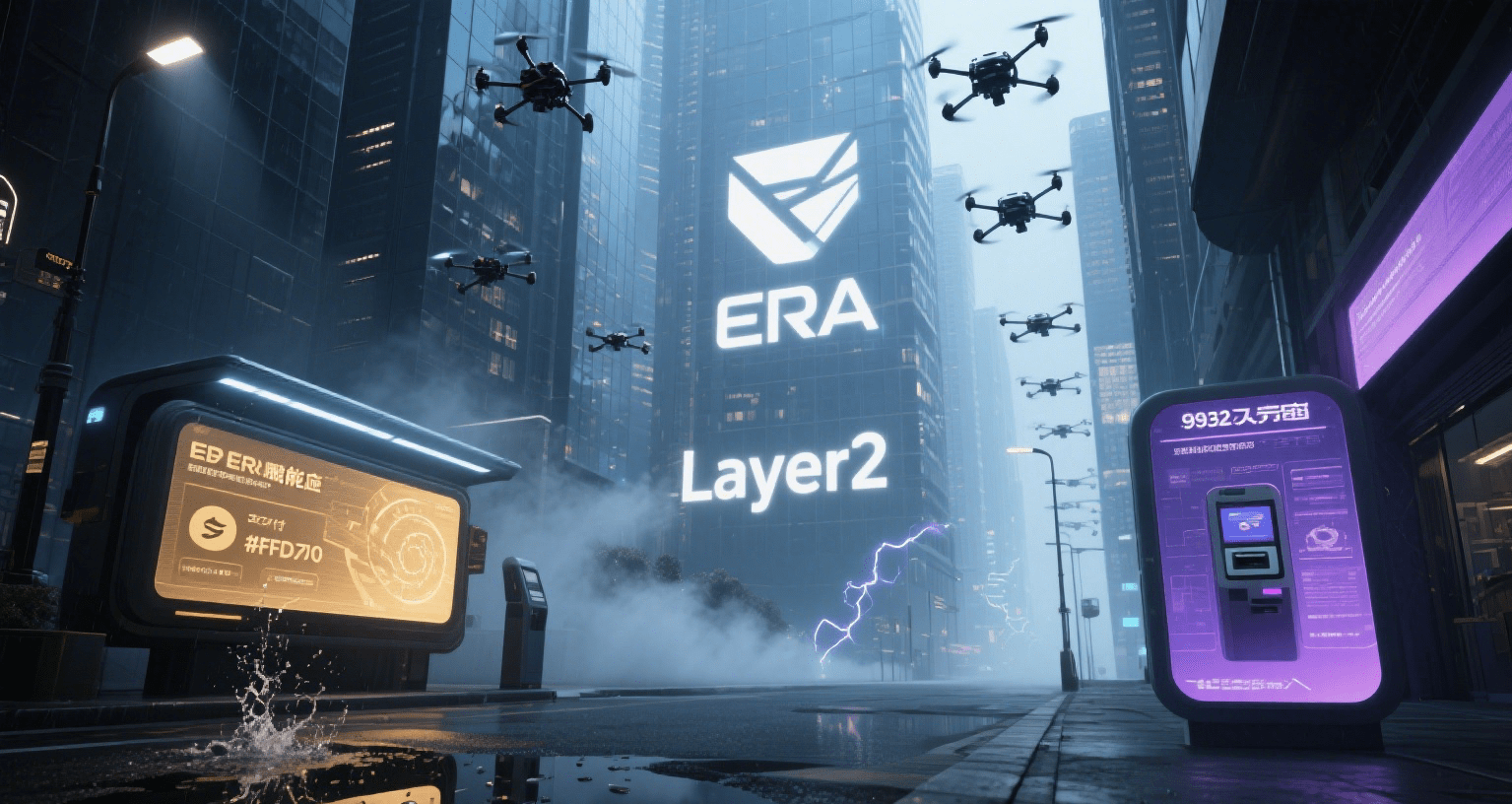Now the Layer2 competition is as intense as a graduate school entrance exam battlefield; to stand out, you must engage in differentiated competition. Caldera is adept at finding leverage points; while others are competing on computing power and speed, it has turned modularization into its core competitiveness, successfully avoiding the bloody red sea.
Don't listen to those projects boasting about their high TPS; ordinary teams can't afford them, which is useless. Previously, to customize Layer2, you either had to find a large company to outsource at sky-high prices or hire people to work overtime yourself, leaving small to medium players with no opportunity. Caldera has directly lowered the technical threshold to ankle level, with a modular toolkit akin to a 'point-and-shoot camera,' where adjusting parameters and configurations can produce a dedicated chain. This truly alleviates the burden for industry workers.
Compared to those closed-source monopolistic Layer2s, Caldera's open attitude has already won half the battle. Open-source code + shared tools equals revealing the technical cards for everyone to optimize together. This 'many hands make light work' model is much more reliable than building alone behind closed doors.
Moreover, it is not picky; whether it is the Optimism system or other ecological projects, it can be compatible with them all. This inclusiveness is crucial in the decentralized world.
Now the competition in Layer2 has reached the stage where 'details determine success or failure.' Caldera focuses on modularization to address the pain points of small and medium developers. This 'rural encircling the city' strategy can instead capture the sinking market. Once these developers grow, $ERA as the core token of the ecosystem has vast potential value.
In the first half of Layer2, the competition is about 'usability,' while the second half must focus on 'being user-friendly and implementable.' Caldera has clearly anticipated this trend, not content with just being a simple technical tool, but aiming to be the 'infrastructure contractor' for large-scale Web3 applications, which opens up new possibilities.
What users and projects seek now is not just low-cost transfers, but foundational capabilities that can support complex applications. For example, Web3 games require millions of users online simultaneously, and DeFi needs high-frequency settlements for complex strategies. These scenarios are beyond the capacity of ordinary Layer2s.
Caldera's modular architecture is like a 'scalable foundation'; you can decide how many floors to build. High throughput and low latency can be allocated as needed according to hard metrics.
It is also quietly laying out cross-chain capabilities. Currently, Layer2s are fighting alone like 'information islands,' and cross-chain transfers are costly and complicated for users. Caldera is integrating cross-chain bridge functions into its toolkit, making it easy for projects in its ecosystem to connect the Ethereum mainnet and other Layer2s. This 'interconnectivity' is the experience users truly need.
$ERA's value should also be viewed from a long-term perspective, not just for current governance and rewards. Once thousands of applications run within the ecosystem, it will become the 'utility pass' for the entire infrastructure network. The second half of Layer2's competition is about ecosystem depth and implementation capabilities. Caldera's combination of 'technology + applications + cross-chain' has clearly secured a leading position.
